Looking for the best 4K camera you can buy in 2021? Whether you want to make movies or shoot high-resolution video content, you’ll find your ideal 4K camera featured in the buying guide below.
The best 4K cameras come in a range of sizes, specs and price brackets. From compact mirrorless models with accessible 4K skills to professional cameras that are good enough for Netflix, we’ve tested all of the top 4K cameras in 2021 to help you find the right one for your needs and budget.
When it comes to choosing your ideal 4K camera, there are several factors to keep in mind. Recording resolution will always be a key benchmark, but 4K is no longer the gold standard: class-leading flagships are now capable of capturing footage at up to 8K. Whether you need that kind of resolution, though, will depend on what and why you’re shooting. For many enthusiast videographers, other aspects will be more important than an 8K resolution.
High frame rates, for example, are fundamental for capturing smooth video. The top 4K cameras can record at upwards of 60fps, with the option of dropping the resolution to unlock 120fps silky slow-motion footage.
The importance of other factors will depend on your skill level and how you like to shoot. Image stabilization will be handy if you want to capture b-roll handheld, but it’s unnecessary if you already record with a gimbal. Likewise, tracking autofocus is useful for upgrading enthusiasts, but won’t matter as much to professionals familiar with manual tracking.
Accessible controls and a tilting touchscreen will almost always be helpful, while a 4K camera with a large sensor will be key if you capture a lot of footage in low-light conditions. And don’t forget the accessories: most of the best 4K cameras feature ports for external microphones and headphones, but if your genre requires specific peripherals – such as a battery grip or hot-shoe attachment – it pays to check compatibility before you buy.
Most of the top 4K cameras today support log profiles – such as V-Log – which give videographers the flexibility to play with color grading in post production. The very best models can also record 10-bit video internally, which delivers a much greater depth of color, albeit with larger file sizes.
Whether you’re an amateur videographer getting serious about shooting, or an experienced enthusiast looking at an upgrade, the list below features 4K cameras to suit every skill level and expectation. Our current top pick for the title of best 4K camera is the Sony A7S III, a full-frame mirrorless model with excellent low-light skills, a fully articulating touchscreen and the ability to capture 4K at up to 120fps.
But that doesn’t mean its necessarily the right 4K camera for you. Smaller, cheaper or more powerful: our list features the very best 4K cameras from video stalwarts Panasonic and Sony, as well as compelling alternatives from the likes of Nikon, Fujifilm and niche brand Blackmagic. So whatever boxes you need to tick, you’ll find your ideal 4K camera in this buying guide.
Best 4K cameras 2021 at a glance:
- Sony A7S III
- Blackmagic Pocket Cinema Camera 6K Pro
- Blackmagic Pocket Cinema Camera 4K
- Panasonic Lumix S1H
- Panasonic Lumix GH5S
- Panasonic Lumix GH5
- Panasonic Lumix S5
- Fujifilm X-T4
- Canon EOS R5
- Sony A6400
- Panasonic Lumix G9
- Olympus OM-D E-M1 Mark III

Best 4K cameras in 2021:
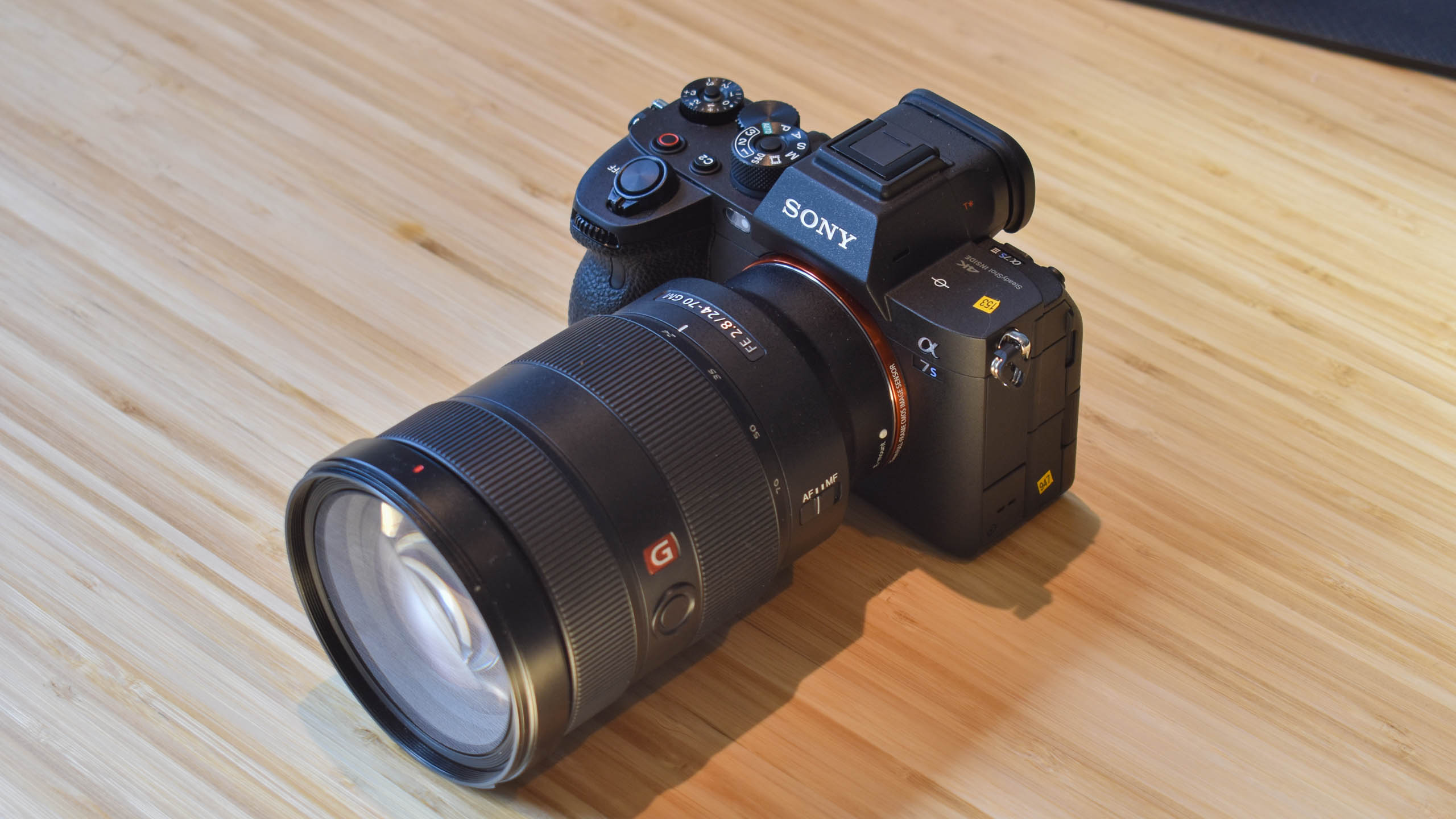
The Sony A7S III is almost definitely the best hybrid camera you can currently buy. It keeps resolution low and caps the output at 4K (as opposed to the 6K/8K capabilities of some other models), with the ambition to be the best 4K camera you can buy.
As well as stunning output, up to 120fps shooting for super-smooth recording, there's a host of other highlights on offer here too. There's the ability to capture 16-bit raw over HDMI (plus a full-sized HDMI port), a stunningly high-resolution viewfinder, and a fully-articulating screen with an improved touch-interface.
Videographers will also enjoy other ports such as a headphone and microphone socket, compatibility with the XLR-K3M hot-shoe accessory from Sony, for up to four audio inputs.
This is a pricey camera, make no mistake, but if you want something that does the job extremely well - we don't think you can get better than this.
- Read our in-depth Sony A7S III review

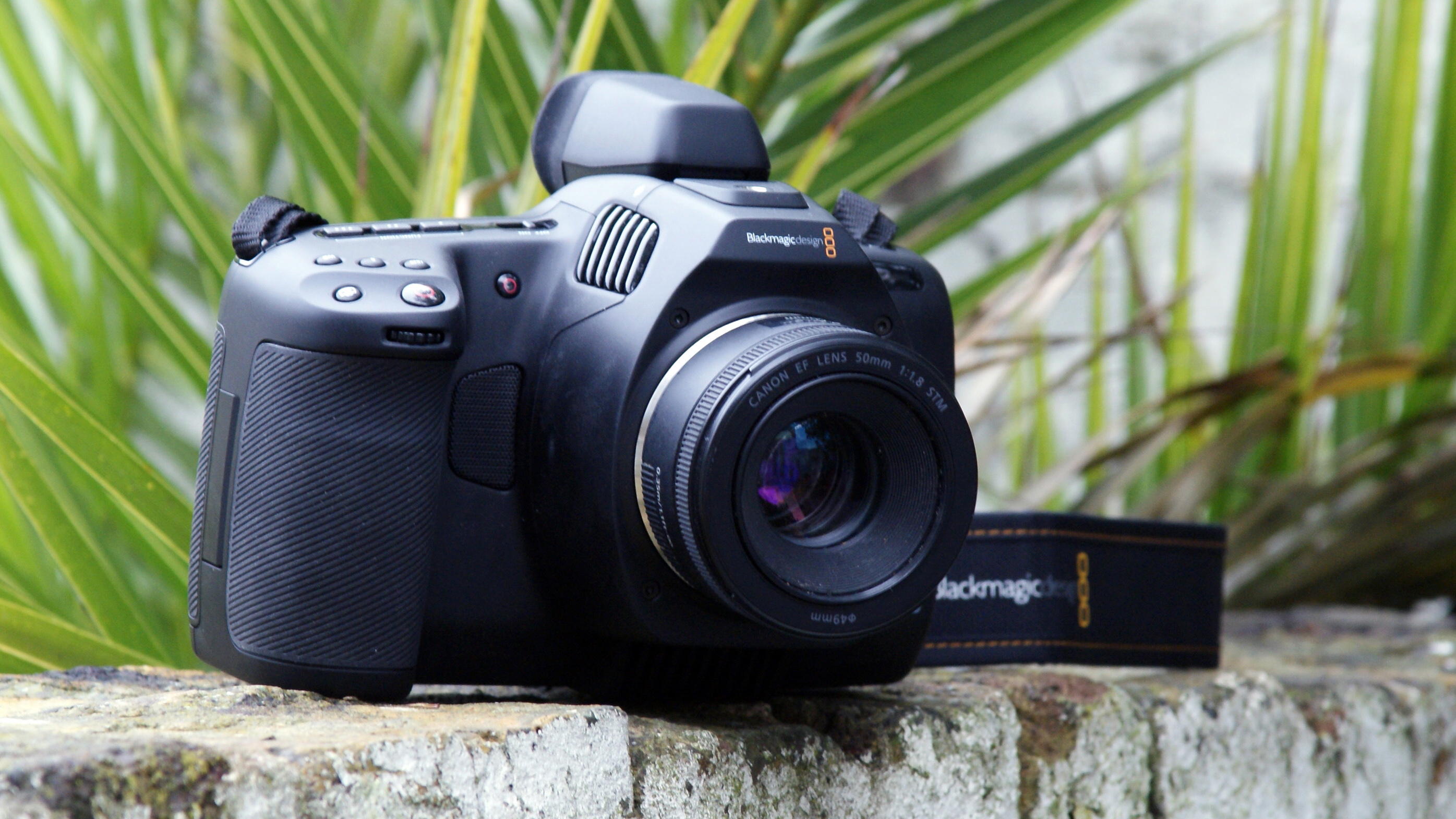
A substantial upgrade over the Pocket Cinema Camera 6K, the 6K Pro is a fantastic, relatively affordable tool for the professional videographer. With improved battery life, a brighter screen that’s now tilt-adjustable, plus the option of adding an OLED electronic viewfinder, the 6K Pro is a compact yet adaptable maestro.
Its 6K sensor is the same as before, which means you still get exceptional 6K footage at up to 50fps. The Super 35 format is smaller than full frame, but large enough to handle low-light situations with ease, while built-in ND filters mean you can happily film in bright sunlight with wide open apertures. Plus the sheer breadth of formats, profiles and resolutions available make the 6K Pro a properly flexible camera for editors.
That said, it’s clearly not a camera for casual users: its controls might be simple, but there’s no image stabilization, no tracking autofocus and stills performance remains rudimentary. But as a first professional video camera, the 6K Pro is a fantastic package for the price, with superb image quality and relative accessibility making it one of the most rounded enthusiast options.
- Read our in-depth Blackmagic Pocket Cinema Camera 6K Pro review

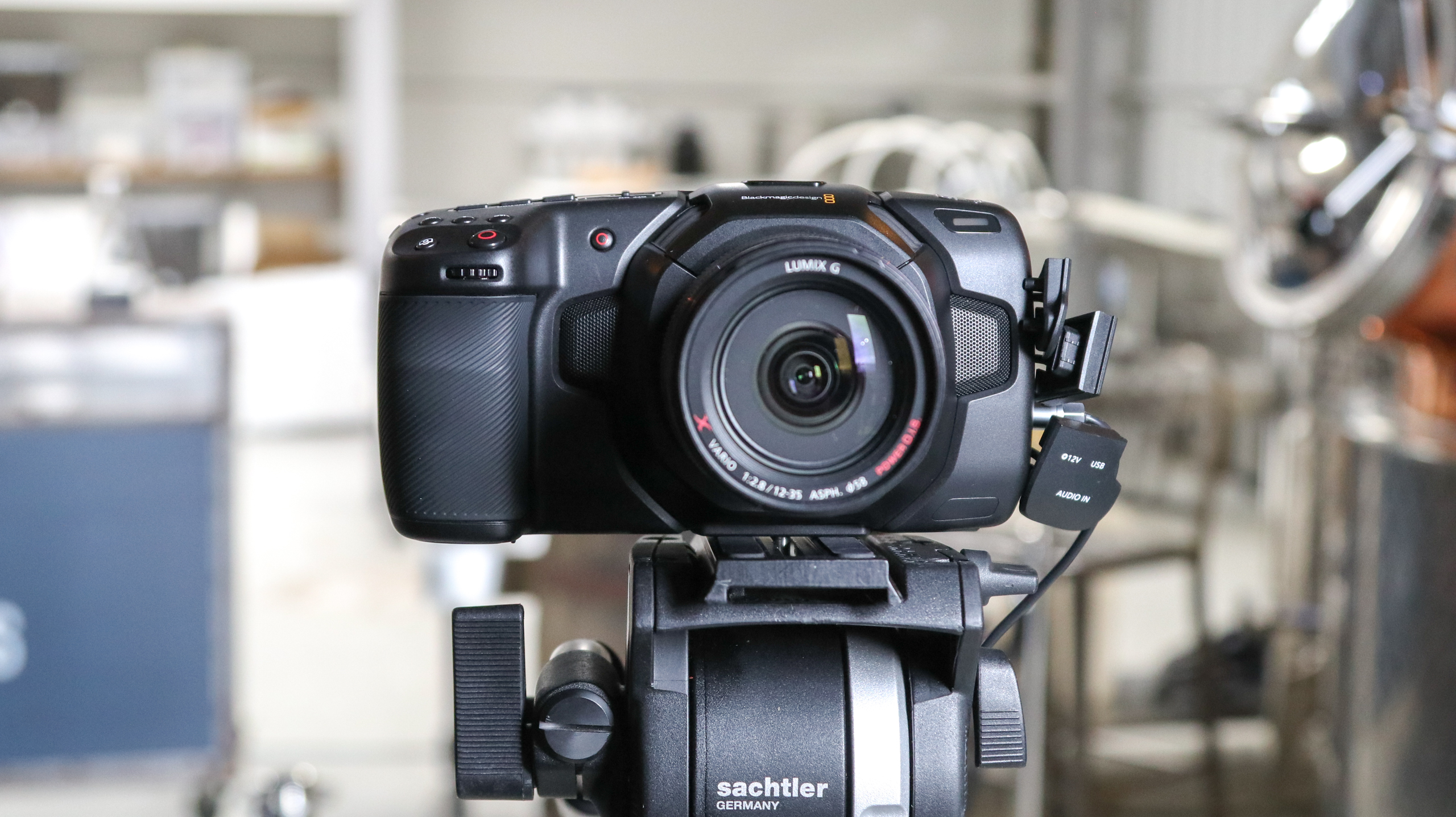
If you want an affordable to camera to shoot 4K videos, then this is as good as it gets right now. Blackmagic's Pocket Cinema Camera 4K is designed for filmmakers through and through – just don't get one if you're looking to shoot stills as well.
Based around a Micro Four Thirds sensor and lens mount, it features a huge 5.0-inch touchscreen, it head and shoulders above other MFT shooters from a video-centric operational point of view. The range of connections on-board is also class-leading, and the fact there’s a dual card slot trumps much pricier cameras like the EOS R.
That's not forgetting decent on-board audio recording capabilities and of course, the sweetener to the tune of $299 worth of software - a license for DaVinci Resolve Studio, it really is a gift that keeps on giving.
Finally, and most importantly, the fundamental quality of its 4K video takes on much pricier cameras and, when you know how to work it, handles noise better than some full frame sensors too, thanks to its the dual native ISOs.
- Read our in-depth Blackmagic Pocket Cinema Camera 4K review

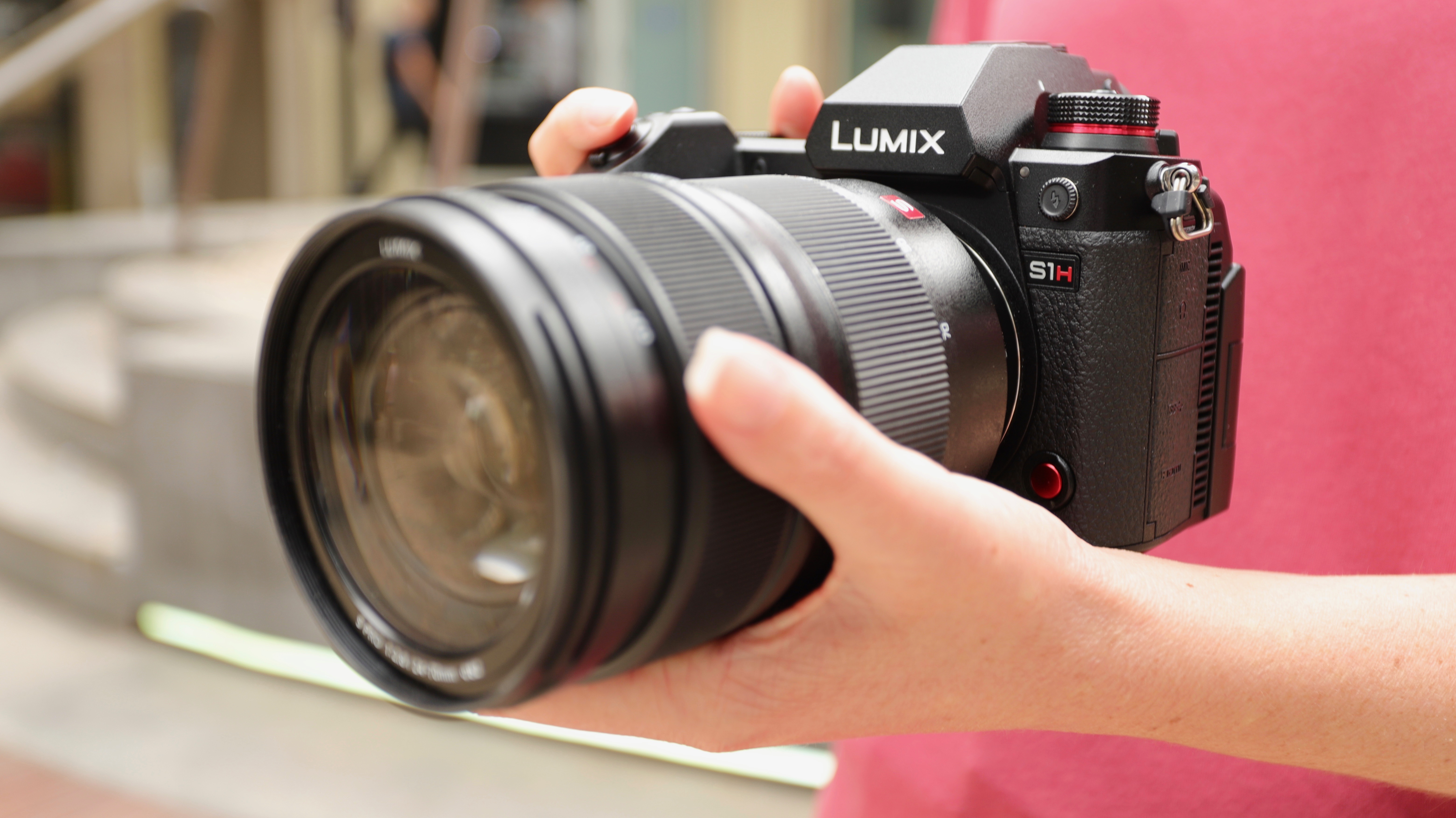
Panasonic’s Lumix S1H is the smallest, cheapest camera to make the list of cameras approved by Netflix for use in original productions – which is a measure of just how fantastic its motion picture skills are.
Video quality is practically perfect in all conditions, with excellent noise performance thanks to Dual Native ISO. There’s a staggering range of resolutions and frame rates to play with – from 6K/24p to 4K/60p – and every resolution is available with 10-bit color, which offers plenty of editing flexibility.
There’s also the option to use anamorphic lenses, while recording modes include Cinelike Gamma, V-Log/V-Gamut and HDR in HLG, with color profiles adjustable in-camera. Despite the variety available – as well as the range of monitoring and display options – the S1H is remarkably accessible thanks to a redesigned interface, aided by a flip-out rear display.
It is big and heavy for a full-frame mirrorless camera, but that’s partly to account for the silent fan and cooling vent, which eliminate recording time limitations: you can film flawless footage until the battery or storage runs out.
- Read our in-depth Panasonic Lumix S1H review

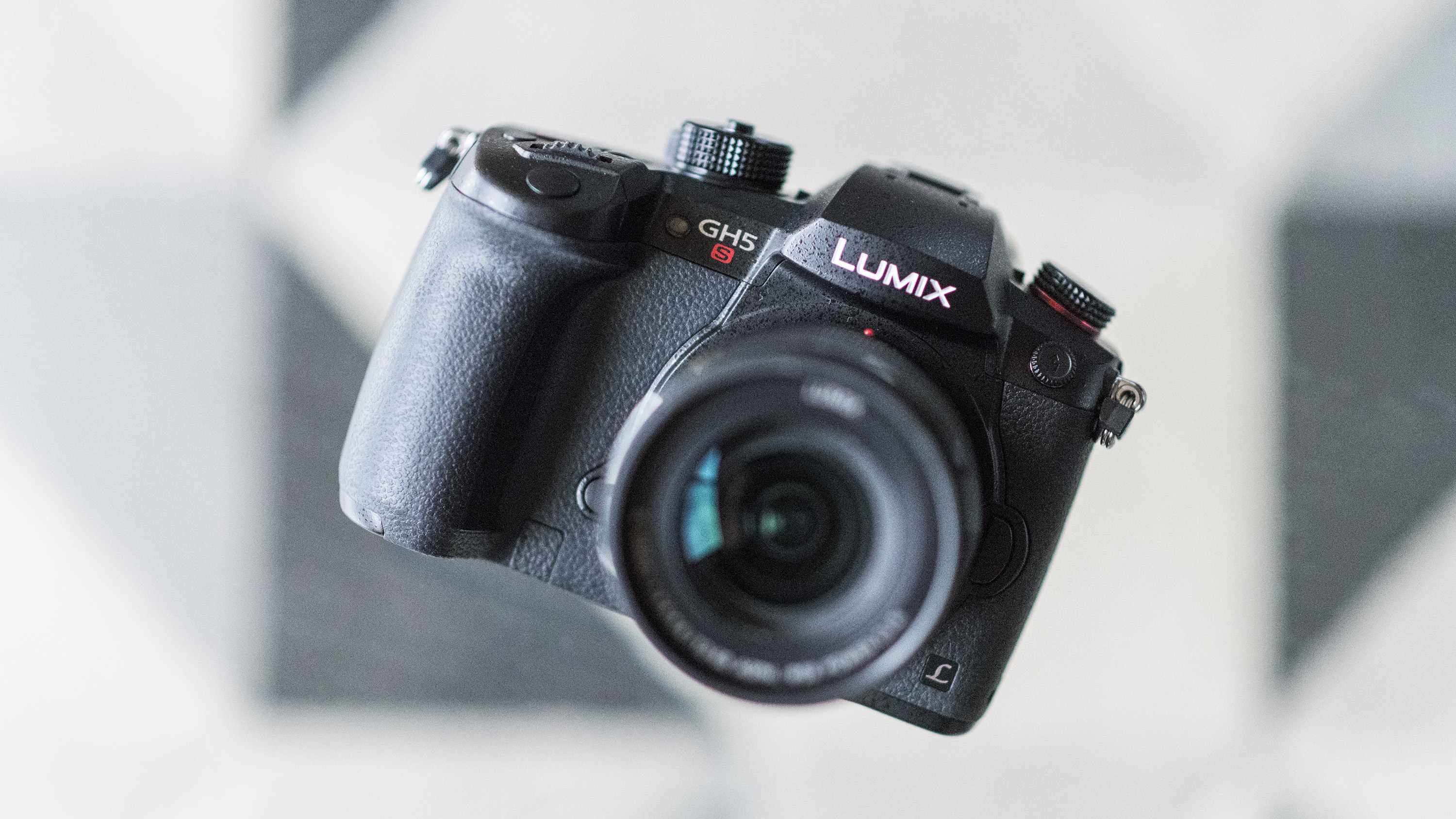
While it can shoot stills quite happily (although at a pretty limited 10.2MP resolution), this should be seen first and foremost as a video camera; if you want to do both you've got the Lumix GH5 (below) to fill that brief.
While the absence of built-in image stabilization might be a disappointment for some, that issue aside the breadth of video features is incredibly impressive.
If you want to shoot broadcast-quality footage without remortgaging your house to buy a pro video camera, you won't find a better video-focused camera right now.
- Read our in-depth Panasonic Lumix GH5S review

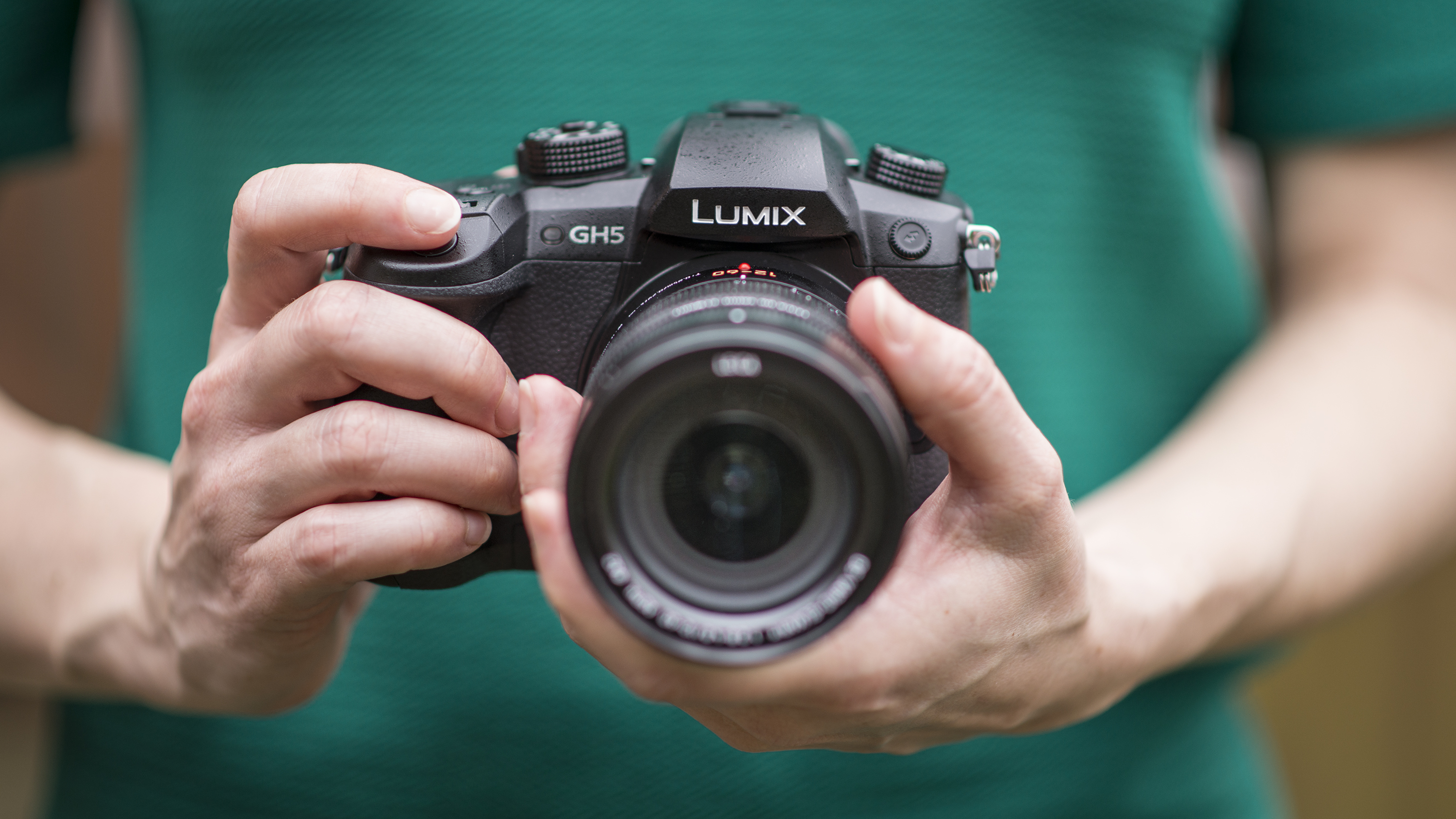
Until the arrival of the Lumix GH5S, the GH5 was the pick of the bunch for those looking to shoot video.
Quite a bit cheaper than the newer GH5S, the GH5 is a bit more versatile for those wanting to shoot both stills and video, and the video specification is still very impressive, allowing you to shoot Cinema 4K (4096 x 2160) at 60p with a bit rate of 150Mbps, while Full HD video can be captured up to 180fps.
That's not all, as the GH5 offers color subsampling at 4:2:2 and a color depth of 10-bit, delivering greater color information and richer graduations. The GH5 also offers live output to external recorders such as Apple ProRes via HDMI, as well as simultaneous internal recording. All in all, it remains a fantastic hybrid for those can't stretch to a full-frame alternative.
- Read our in-depth Panasonic Lumix GH5 review

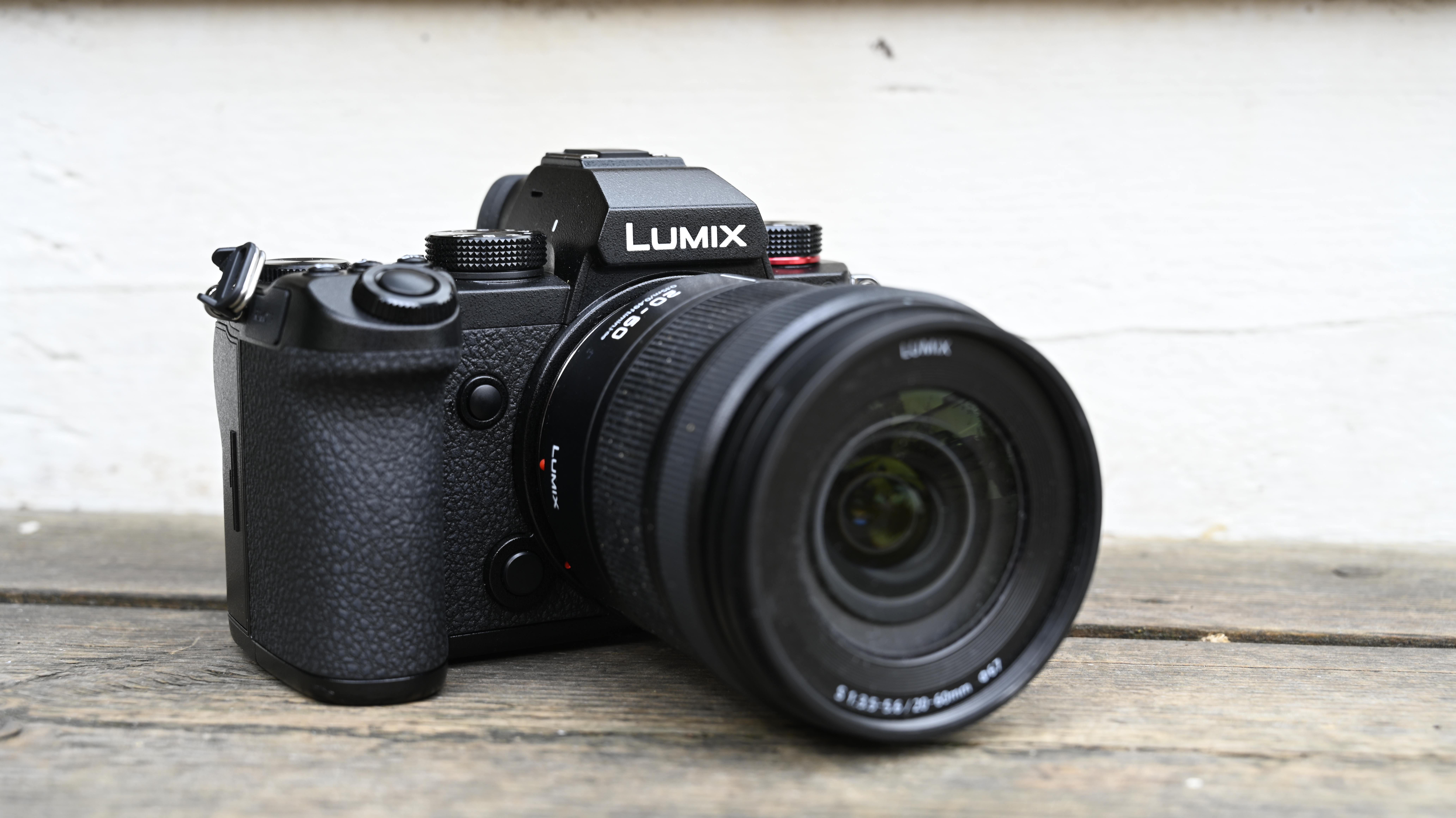
Smaller and lighter than the Lumix GH5 (above), yet equipped with a full-frame mirrorless sensor, the Panasonic Lumix S5 is a lesson in hybrid versatility.
A delight to hold and control, its fully articulating touchscreen makes the S5 a fantastic videography tool. So, too, does the 24.2MP full-frame sensor, which is capable of capturing cropped 4K footage at 60p or uncropped 4K at 30p. It can also record 10-bit 4K internally (though with a maximum clip length of 30 minutes).
As you’d expect from Panasonic, video quality is excellent: there’s plenty of detail, while in-body image stabilization keeps everything smooth. Contrast-based autofocus isn’t cutting edge, but it’s perfectly capable of following subjects around the frame.
Add V-Log, time-lapses, dual native ISO and anamorphic 4K into the mix and the S5 shapes up as an impressive option for 4K film-makers. A second battery is advisable for day-long shooting sessions, but the only real compromise is the use of Micro HDMI over the full-size equivalent. Which, given the in-built Wi-Fi and Bluetooth, isn’t much of a compromise at all.
- Read our in-depth Panasonic Lumix S5 review

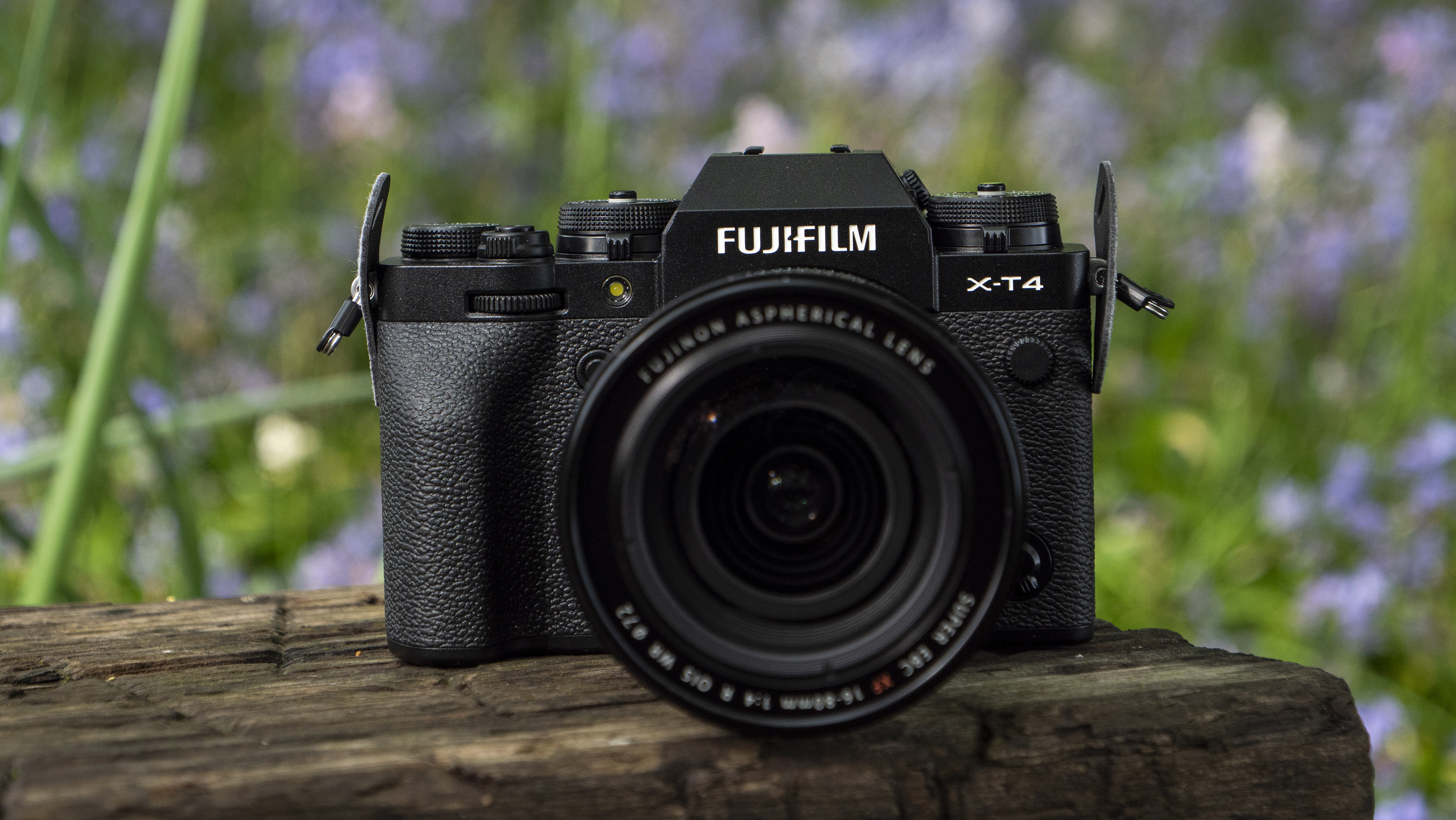
Fujifilm's X-T3 drastically improved its video performance compared to its predecessors, and the X-T4 makes a similar leap to make it one of the best 4K cameras you can buy.
The biggest boost comes from the inclusion of in-body image stabilization (IBIS). This makes it a little larger and heavier than the X-T3, but still significantly lighter than an enthusiast-level DSLR. It doesn't completely replace the need for a gimbal, but does mean it's a superb option for the run-and-gun filmmaker.
Combine this with the same 26.1MP back-illuminated APS-C sensor as its predecessor, and you have a fantastic performer for both stills and video. The latter is a particular standout thanks to inclusion of a very modern movie shooting spec that includes Cinema 4K movies up to 60fps, 10-bit internal recording, and up to 400Mbps bit-rate and with F-Log and HLG profiles included as standard.
You can also shoot slow motion Full HD movies up to 240fps, while that IBIS system provides up to 6.5EV (or exposure value) of stabilization when used with one of Fujifilm's stabilized lenses (18 out of its 29 X Series lenses fit this description). Overall, the Fujifilm X-T4 is the best APS-C mirrorless camera you can buy – and a major reason for that is its video performance.
- Read our in-depth Fujifilm X-T4 review

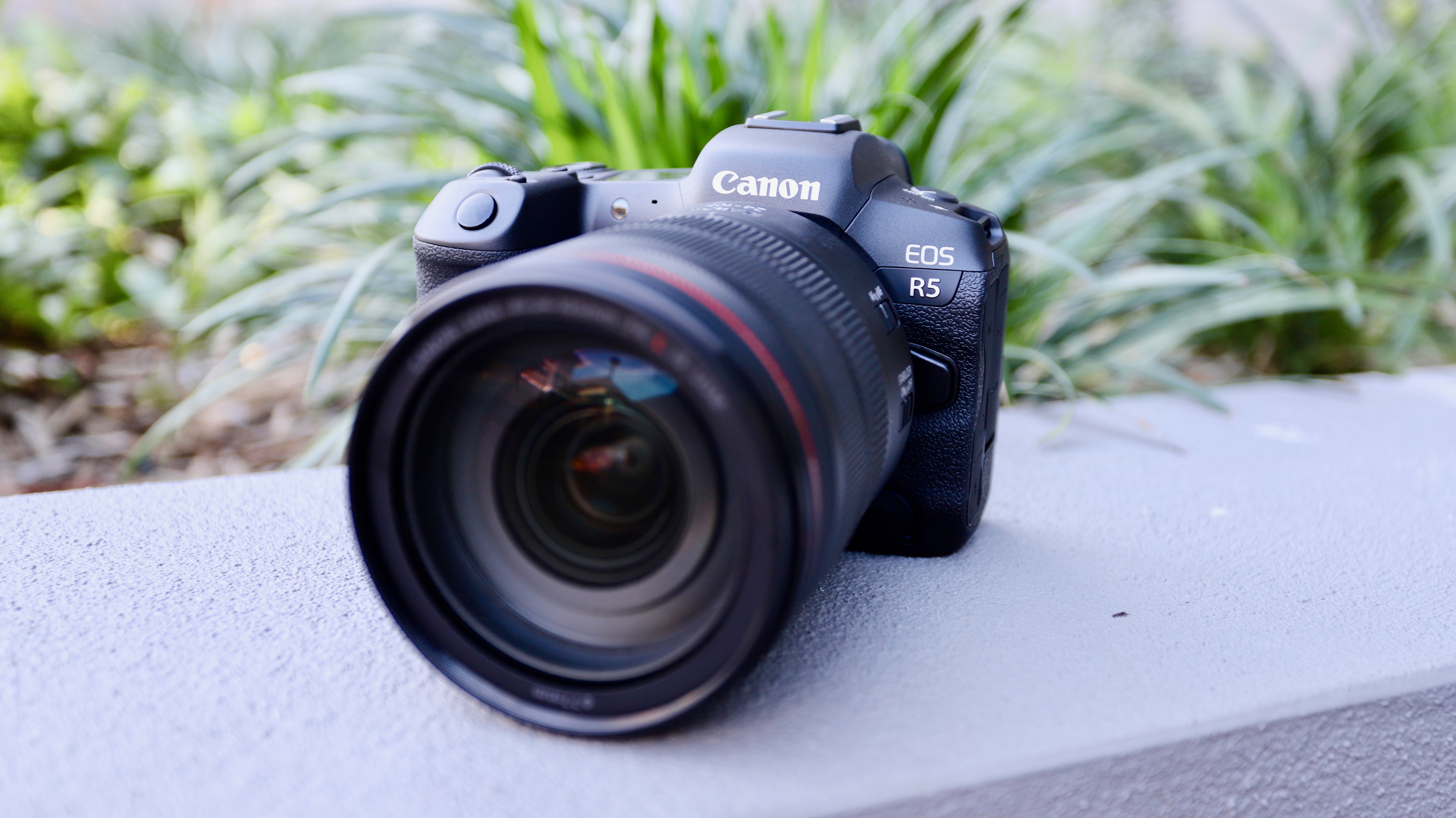
On paper, the Canon EOS R5 is arguably the best hybrid camera available today. Adopting a tried-and-tested form factor that’s easy to handle, the R5 serves up blistering performance: a 45MP full-frame sensor is supported by the speedy Digic X chip, paired with Canon’s fastest ever autofocus motor.
Video specs are similarly outstanding. The EOS R5 can capture 4K footage at a silky smooth 120fps, with the option of shooting raw, while resolution maxes out at a headline-grabbing 8K/30p. Results are gorgeously sharp, while the combination of IBIS with stabilized RF-mount lenses delivers decently smooth handheld shots – plus log files provide incredibly flexible when it comes to color grading.
There is a caveat: the EOS R5 features recording limits to combat overheating, with a published maximum of 35 minutes for 4K/60p video. That’s a significant limitation for professional filmmakers, but there’s a good chance those who shoot a selection of shorter clips won’t ever encounter that barrier (we didn’t).
Provided that’s the case for you – and you’re happy to shell out on CFExpress cards to unlock peak performance – the R5 is a fantastic 4K hybrid.
- Read our in-depth Canon EOS R5 review

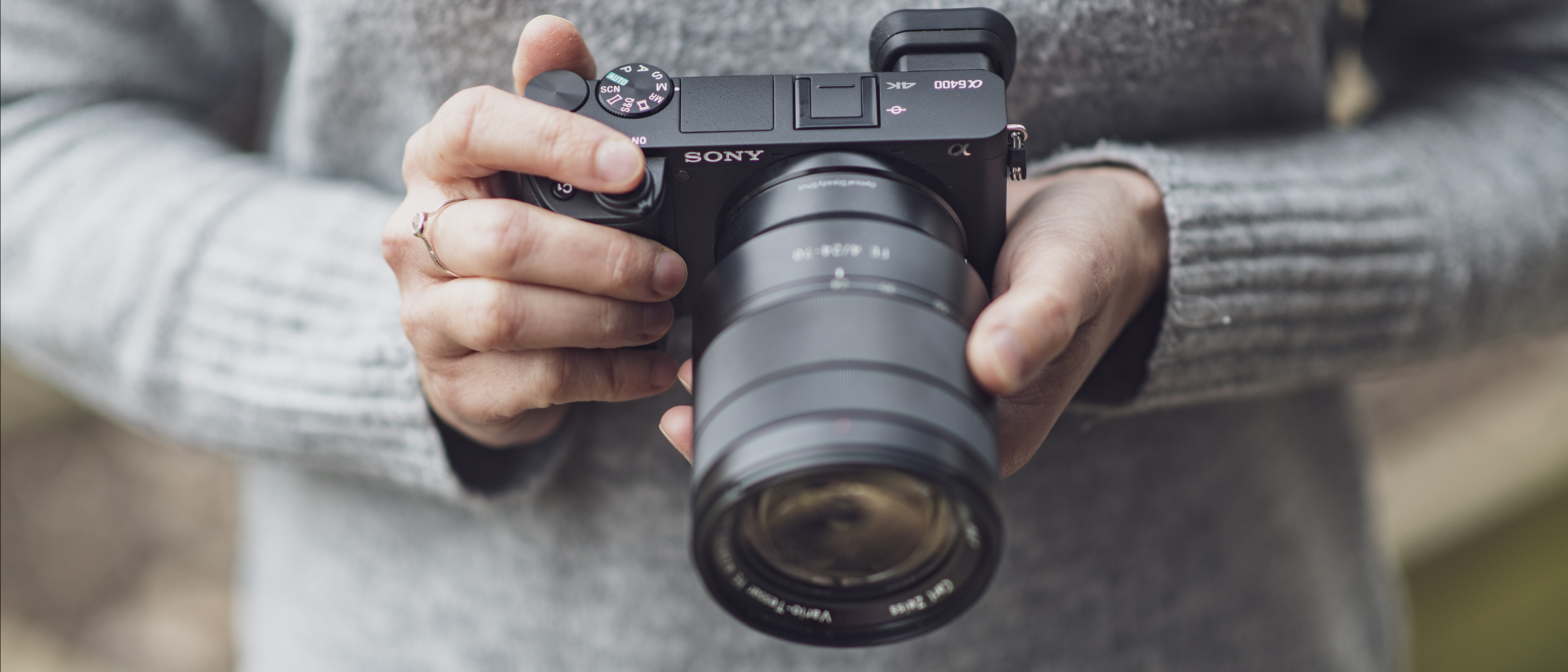
The A6400’s lack of in-body stabilization and headphone jack may make it seem under-equipped when it comes to video recording. But its excellent image quality (smooth motion, impressive levels of detail), tough magnesium alloy construction, affordable price tag and, most importantly, its superb, highly advanced autofocus setup go a long way towards making it a contender for most accessible 4K camera round.
The autofocus, which includes excellent real-life eye and face tracking, takes a lot of the work out of both video and stills work, particularly if you’re frequently shooting other people – or yourself. Sony’s A6600, the step-up model in the range, keeps much of the A6400’s specs and features but adds in-body stabilization, a headphone jack and longer battery life. But right now the A6400 is our pick from Sony when you factor in value for money.
- Read our in-depth Sony Alpha A6400 review

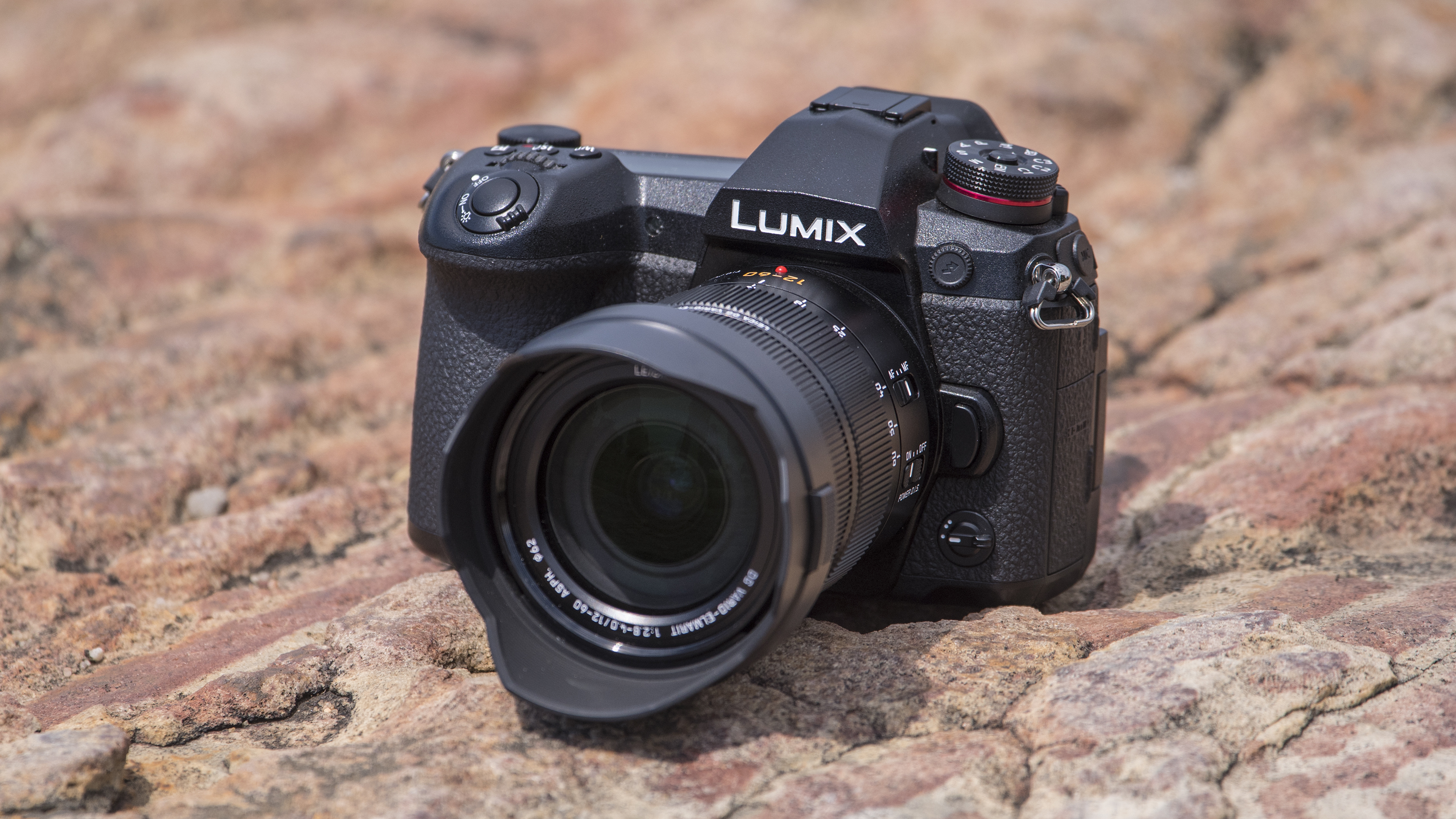
This isn't Panasonic's most video-centric camera – see the Panasonic GH5S and GH5 above – but the Lumix G9 is a fantastic all-rounder for stills and video, particularly thanks to recent firmware updates.
This added pro-friendly treats like 10-bit 4:2:2 video capture to some already tasty video credentials, which included the ability to shoot Cinema 4K video at a smooth 60fps frame rate. The G9 also boasts superb in-body image stabilization that equates to 6.5 extra stops of exposure, as well as two UHS-II SD card slots.
It’s also weatherproof, great to handle and boasts a wealth of stills-focussed features, including a burst mode that shoots at 20fps with autofocus and an astonishing 60fps without. Overall, we think it’s Panasonic’s best all-round mirrorless camera – especially given its recent price drop.
- Read our in-depth Panasonic Lumix G9 review

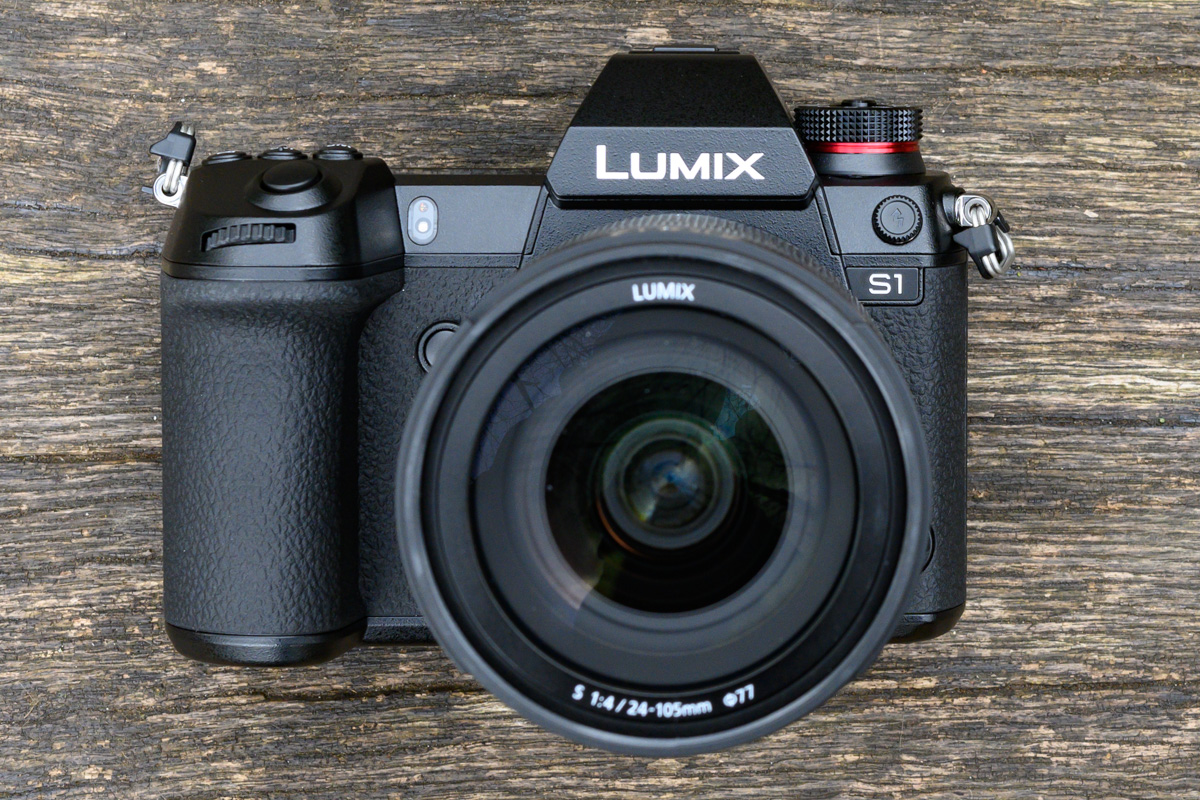
When it launched in early 2019, well before the arrival of the cheaper Panasonic Lumix S5 (see no.6), the Lumix S1 was the junior model in the company's fledgling S system. But the S1 was arguably the better option for videographers.
For starters, it captures 4K UHD footage using the whole width of its full-frame sensor – no crop factor here – and offers full pixel readout at up to 30p. It can also record 10-bit 4:2:0 footage internally using the HEVC/H.265 codec, with an update due later this year set to unlock even higher specs. Videos can be shot in 4K at up to 60p (with a 30-minute time limit) and there are several gamma curve profiles on-board, including Hybrid Log Gamma.
In the real world, that all translates into very high-quality video. Its body might be heavy, but sensor-based image stabilization helps keep handheld footage smooth, while rolling shutter is only an issue if the S1 is jerked suddenly. The on-board microphone is surprisingly capable, too, even if the external mic and headphone ports will prove more popular.
Arguably the biggest issue is the autofocus performance which, due to an absence of phase-detection pixels, can be a little inconsistent and jerkier than rivals. The S1 promises plenty, though, provided you’re comfortable using manual focus.
- Read our in-depth Panasonic S1 review

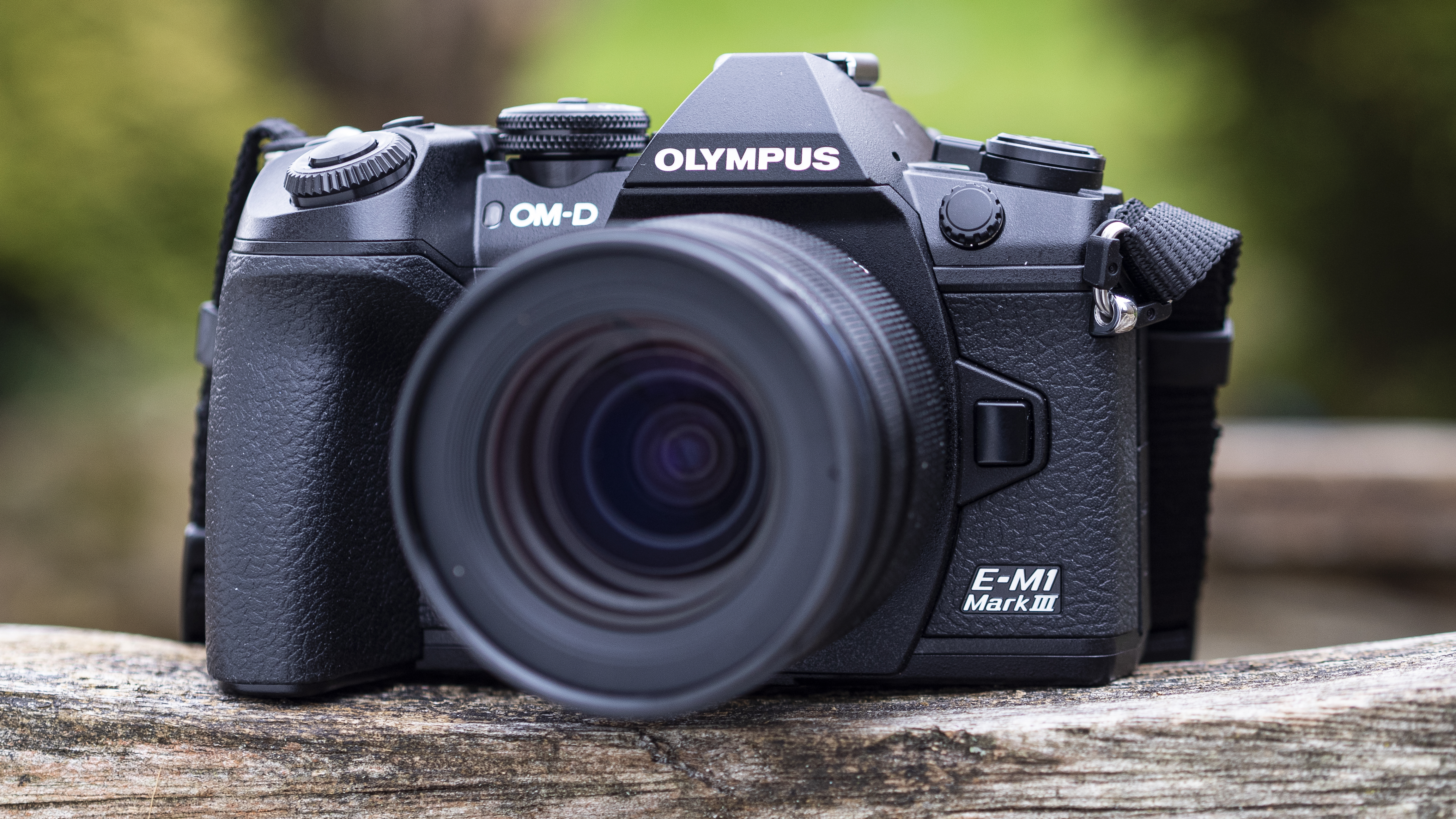
Picking up where its predecessor left off, the OM-D E-M1 Mark III is an outstanding all-round package – and that’s as much the case for shooting video as it is for stills.
On paper, the Mark III’s video specification is solid enough to cater for both casual recorders and more serious videographers: it can shoot Cine 4K video at 24fps (237Mbps) and Full HD at up to 120fps, with an OM-Log 400 colour profile that’s little short of lovely.
And it all comes good in action. Powerful image stabilization keeps footage smooth and sharp, while capable continuous autofocus with face- and eye-detection proves impressively effective. Headphone and external mic ports are a welcome presence for those looking to upgrade their setup, too.
If there’s one thing we’d like to see, it’s the availability of the Live ND mode – which simulates the effect of a real neutral-density filter – while shooting video. But such is the depth of what the E-M1 Mark III can do when you dig into the options, it’s hard to pick any real faults.
- Read our in-depth Olympus OM-D E-M1 Mark III review

Alternatively...
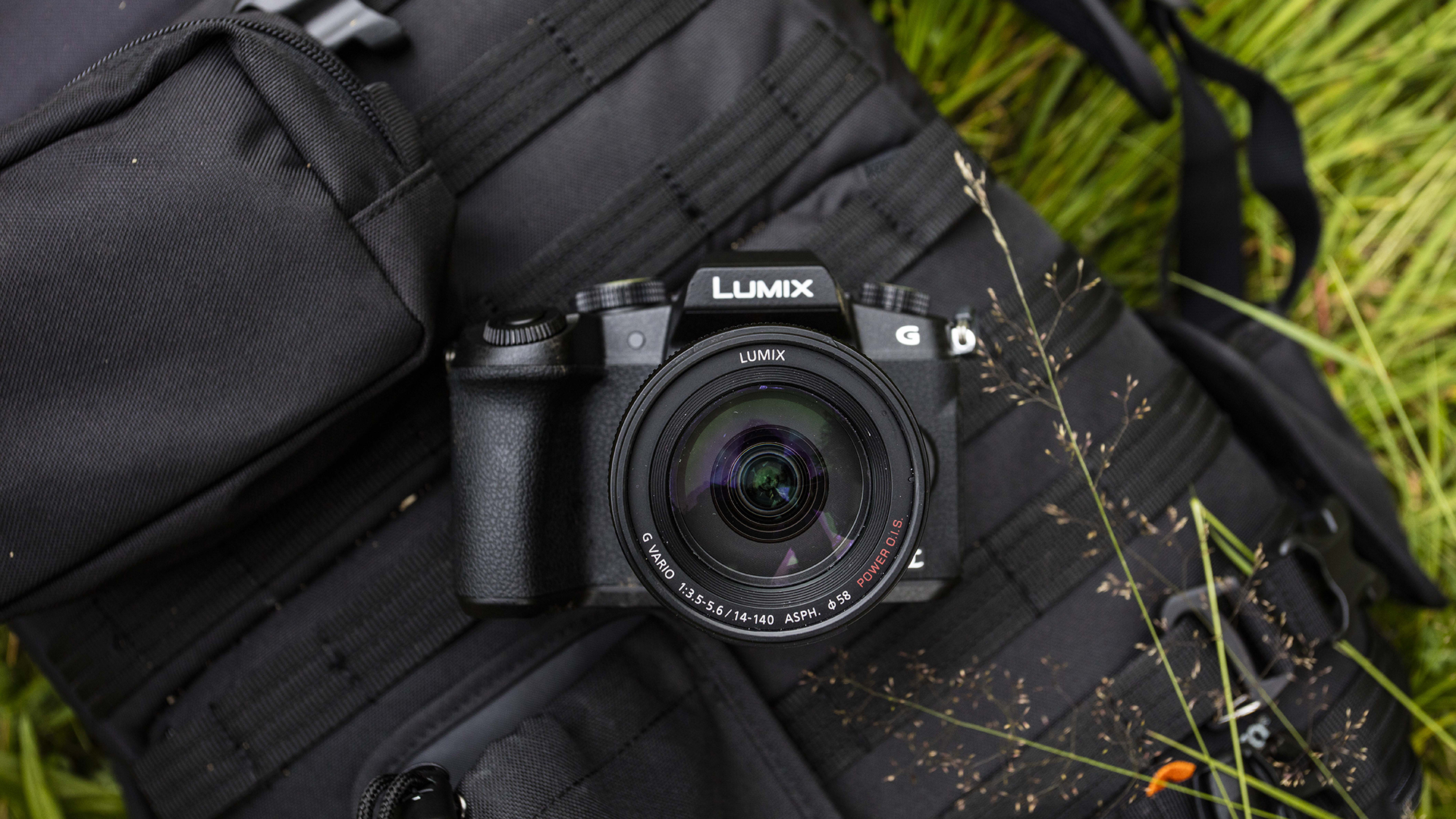
Before we look at our round-up of the best 4K cameras, we wanted to highlight a slightly more affordable alternative. It might have since been succeeded by the Panasonic Lumix G90 / G95, but the Lumix G80 (known as the Lumix G85 in the US) is still a very capable and cost-effective option for those looking for a budget 4K camera. There's 4K video capture up to 30p (with a bit rate up to 100Mbps) and a dedicated microphone socket. Focusing is fast, while the vari-angle touchscreen should make framing footage nice and easy. The G80/G85 is also weather-sealed to protect it from the elements. It successor brings features like unlimited 4K recording, but if you don't mind being restricted to 30 minutes per clip then this model offers great value.
- Read our in-depth Panasonic Lumix G80 / G85 review
from TechRadar: Photography & video capture news https://ift.tt/34gfmJ2
via IFTTT






0 kommenttia:
Lähetä kommentti